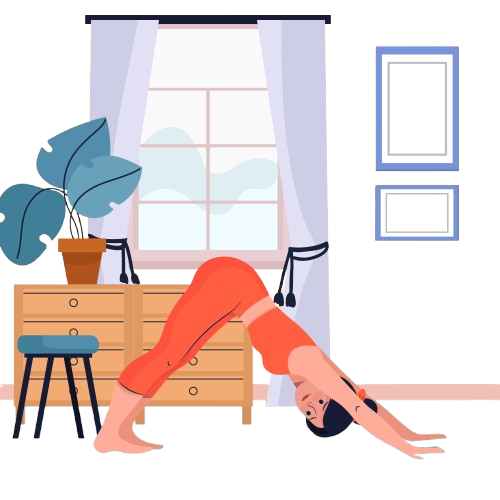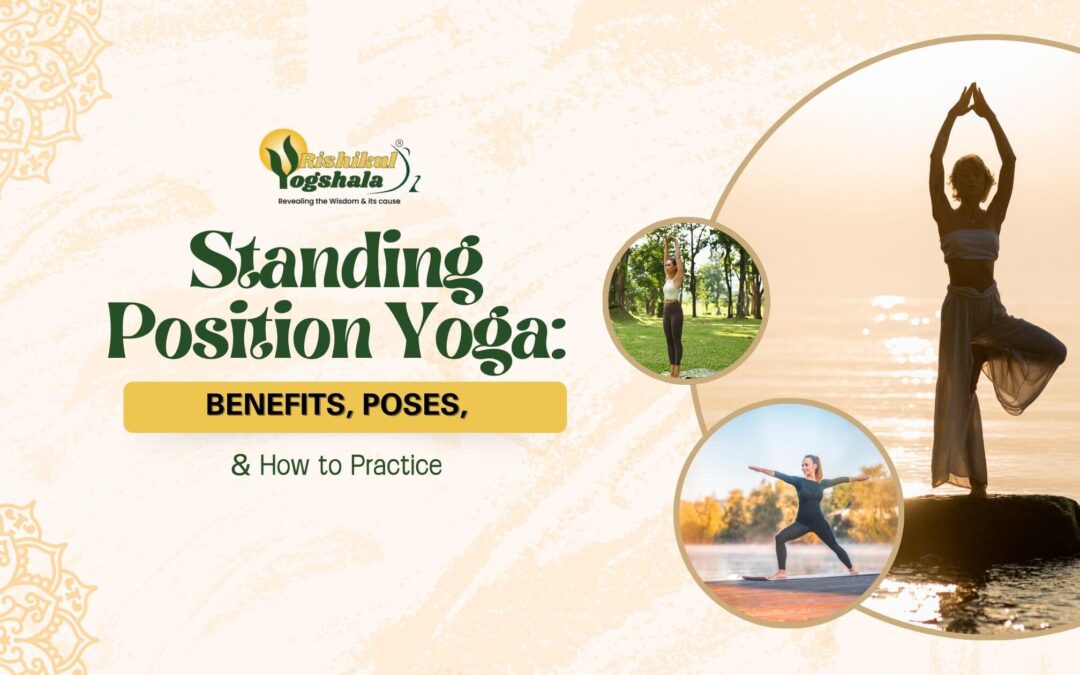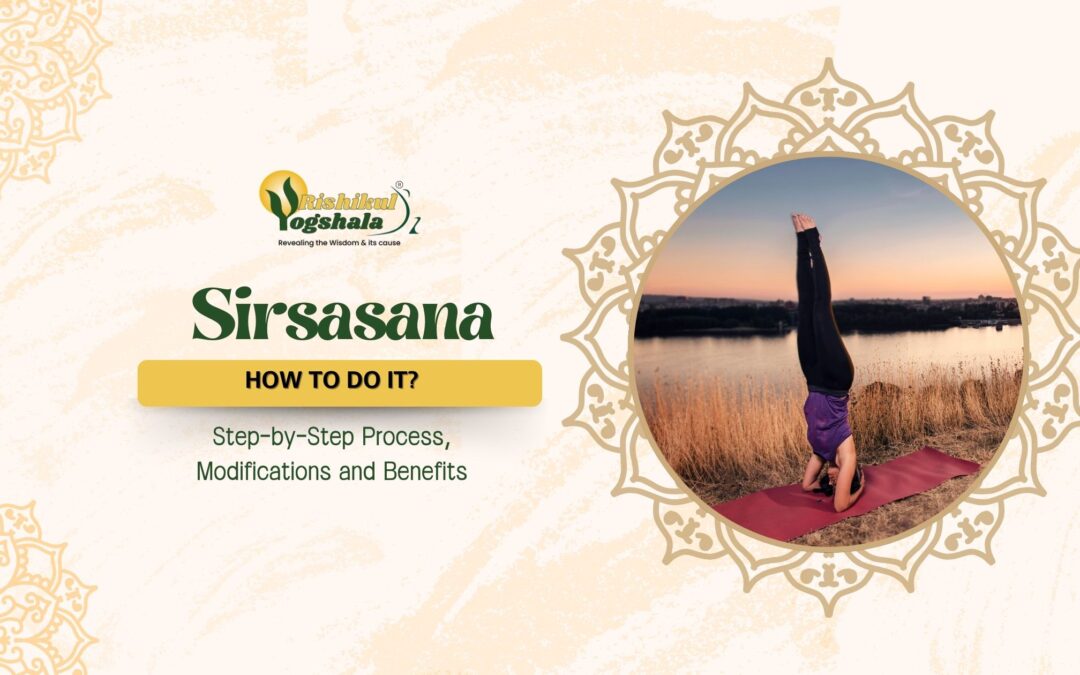6 Simple Steps to Perform Adho Mukha Svanasana
- Blog
- /
- Yoga Poses and Sequences
- /
- 6 Simple Steps to...

Adho Mukha Svanasana Yoga for the Mind, Body, and Soul

The phrase “Yoga for the mind, body, and soul” sounds wonderful, but the true benefits of this ancient practice are even more remarkable when experienced firsthand. With thousands of postures and asanas, each technique in this majestic art form is unique. While every yoga pose offers distinct benefits, we have highlighted one particular asana that you will love exploring.
Adho Mukha Svanasana, or Down-Facing Dog, is a ground-level yoga asana that invigorates both the mind and body. Rejuvenating stretch is given all over the body with this strengthening pose of the arms, shoulder, and leg muscles while helping to flex and strengthen the backbone and hamstrings.
Adho Mukha Svanasana, known as the Downward Facing Dog Pose in English, is a fundamental pose in yoga. This versatile asana is a key component of the Sun Salutation series (Suryanamaskar) and is suitable for practitioners of all levels, including beginners. Adho Mukha Svanasana benefits include improved flexibility, strengthened muscles, better posture, and relief from stress and fatigue. Here are some stunning benefits of Adho Mukha Svanasana:
- Restores and revitalizes energy: Helps in replenishing body energy and overall vitality.
- Tones muscles: Renders tone to the calves, back, and hip muscles.
- Improves lung capacity: Enhances breathing and lung function.
- Reduces anxiety and depression: Promotes mental well-being and relaxation.
- Boosts cognitive function: Enhances memory and cognitive skills through improved oxygen and blood flow to the brain.
- Strengthens and lengthens the spine: Alleviates discomfort or pain in the middle and lower back.
- Full-body stretch: Stretches the entire body while strengthening arms, calves, and shoulders.
Preparatory Poses: Warm up with Uttanasana (Forward Bend Pose) or Phalakasana (Plank Pose).
Steps of Adho Mukha Svanasana:
- Start in Table-Top Position: Balance your body on your knees and wrists, creating a stable base.
- Lift Knees: Exhale and gently lift your knees upwards while keeping your toes grounded.
- Stretch Arms Forward: Tilt your upper body forward, keeping your palms facing inward and aligned with your shoulders.
- Form the inverted V: Lift your knees as high as possible, forming an inverted V shape. Maintain a slight inward curve in your back and keep your head and neck aligned.
- Stretch Tailbone: Push your tailbone upwards to stretch your back and calves. Hold the pose for 15-20 breaths.
- Return to Table-Top: Exhale and gently lower your knees to return to the starting position. Repeat up to 8 times.

Follow-Up Poses: After completing adho mukha asana, you can practice Uttanasana (Forward Bend Pose) or Sarvangasana (Shoulder Stand Pose). Rest for up to 20 seconds before transitioning to other postures.
Also Read – Top 7 Health Benefits of Uttanasana (Standing Forward Bend Pose)
Precautions and Contraindications:
- Warm up your arms, wrists, and calf muscles before performing this pose.
- Avoid this pose if you have wrist, foot, shoulder, or back injuries.
- Practice on an empty stomach, allowing a 2-3 hour gap after meals.
- Skip this pose if you have cardiac issues or stomach disorders.
- Keep your palms facing inward for balance and precision.
Conclusion
Adho Mukha Svanasana, or the Downward Facing Dog Pose, is more than just a fundamental yoga posture—it’s a gateway to enhancing physical and mental well-being. By incorporating this pose into your daily practice, you can experience a revitalizing boost of energy, improved flexibility, and mental clarity. Whether you’re a beginner or an advanced practitioner, this asana offers numerous benefits that can enrich your yoga journey.
For those looking to deepen their practice and gain a comprehensive understanding of yoga, our 200 Hour Yoga Teacher Training India, 300 Hours Yoga Teacher Training India, and 500-hour Yoga Teacher Training in India provide extensive training and insights. Additionally, explore our Ayurveda Retreat Kerala and Yoga Retreat In India for a holistic approach to wellness. Embrace the power of Adho Mukha Svanasana to foster a balanced and harmonious lifestyle.








